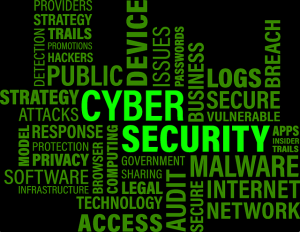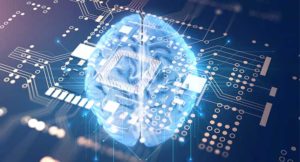Biometric Verification Technology – Seamless Customer Onboarding

Biometrics has been around since the 1800s when comparison and classification of criminals were done by measuring specific body parts. Fingerprints also date back to the 1880s when they were considered to be symbolic characteristics of a person.
However, there were so many advancements in the field of biometrics in the 1900s that listing them would be a difficult task in itself. Talking about improvements in technology, it isn’t difficult to understand that it’s a process that never stops. Today, biometric authentication is the definitive security measure implemented everywhere from smartphones to banking and to airports.
The Safe Way In
The biometrics market value is expected to rise up to 55.5 billion dollars by 2025. This being due to the ease that biometrics provides to users. For instance, passwords can always be forgotten, guessed, or stolen, resulting in unfavorable outcomes. But biometrics is much more than that because even when passwords are forgotten, no one can forget their face.
Biometrics Vs. Passwords
Biometrics makes the use of biological characteristics to help secure businesses and personal information. Since everyone has their unique characteristics, this technology proves to be both safe and fast at the same time. Research statistics show that 70% of people find biometrics easier to use compared to passwords and PINs.
Types of Biometric Technology & Their Uses
Biometrics are used in various kinds of authentication measures, with some being under further development, and others being used widely and daily.
#1. Facial Recognition
Facial recognition scans unique facial features using biometrics to identify a person. This technology has uses in smartphones, offices, and everywhere there is a need for authentication. Facial recognition used to be a simple process of scanning the face and confirming the identity, but now it has become advanced.
As part of identity verification services, facial recognition uses artificial intelligence and ML to analyze the face. Technologies like 3D depth perception and liveness detection are used to completely rid the system of people trying to impersonate someone else.
3D depth perception is used to measure the contours and edges of the face, and figure out if it’s the same as the photo on the identity document issued by the government.
Whereas liveness detection checks for unique movements and gestures of a person, including the way they blink and smile. These developments in facial recognition technology have made it one of the most secure ways of authentication.
#2. Fingerprints
Fingerprints have also been in common use for a while. From the olden days when fingerprints were taken on paper as a signature, to today when they are used everywhere as a proof of identity.
The technology to detect fingerprints, however, has come a long way. Embedded fingerprints scanners are now seen inside the screens of smartphones, which provide the security and the quickness in unlocking by detecting unique fingerprints previously registered by the user.
Similarly, businesses, banks, and government institutions make use of fingerprints to verify identities.
#3. Iris Scanning
Iris scanning provides a layer of security that is very hard to overcome if seen from the perspective of a criminal. This biometric authentication method detects the unique patterns in a person’s retina to identify them.
Iris scanning is less commonly used as it’s not easy to integrate everywhere. An infrared source is needed along with a special camera, and even if all this is there, light-polluted environments are not favorable.
However, iris scanning is extremely accurate, so it’s used in areas where there is a high risk, such as nuclear research facilities.
#4. Voice Recognition
Voice recognition detects the pitch, tone, and unique frequency in someone’s voice to verify their identity.
Voice recognition finds its uses in cars, customer service, and online banking. Similarly, voice assistants in phones and laptops use voice recognition to not only identify but also respond to the owner’s voice.
Apart from these, developing biometric technologies include vein recognition and gait recognition. Vein recognition quite simply means detecting the unique pattern of veins in someone’s hand or finger, whereas gait recognition means detecting the way a person moves or walks.
In a Nutshell
The average person has around 100 passwords, and remembering passwords was always a problem even if there were one or two. From this perspective, biometrics have not only secured the authentication process but also helped speed it up – by a long shot. Biometric authentication makes verifying someone’s identity an automated process that feels easy while being the most secure authentication process.






